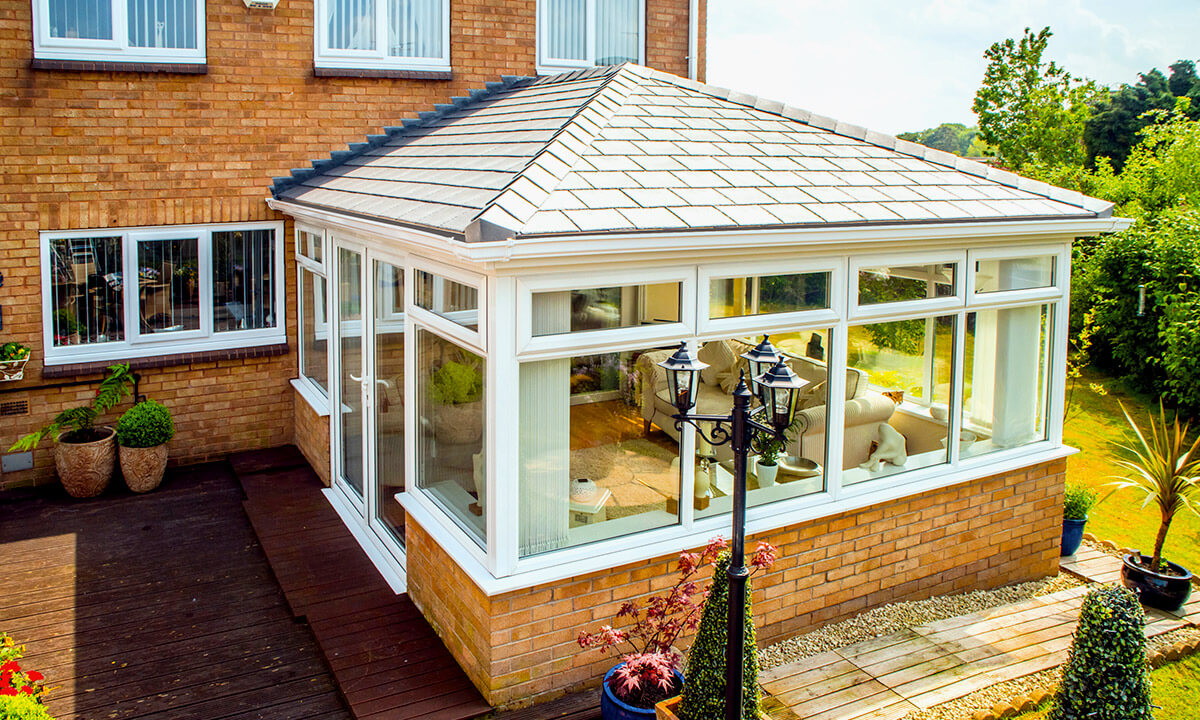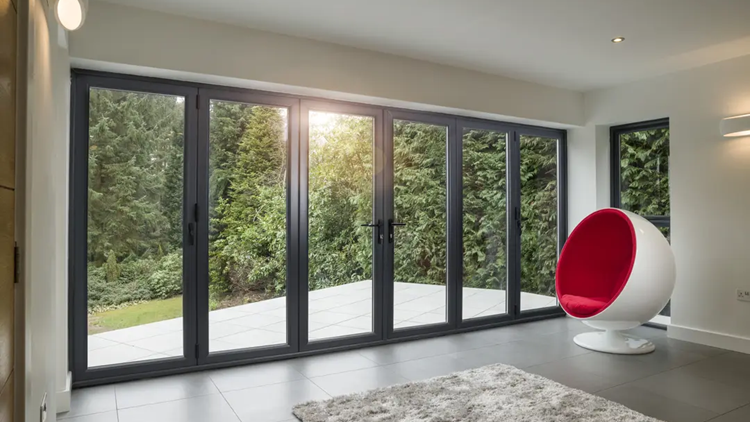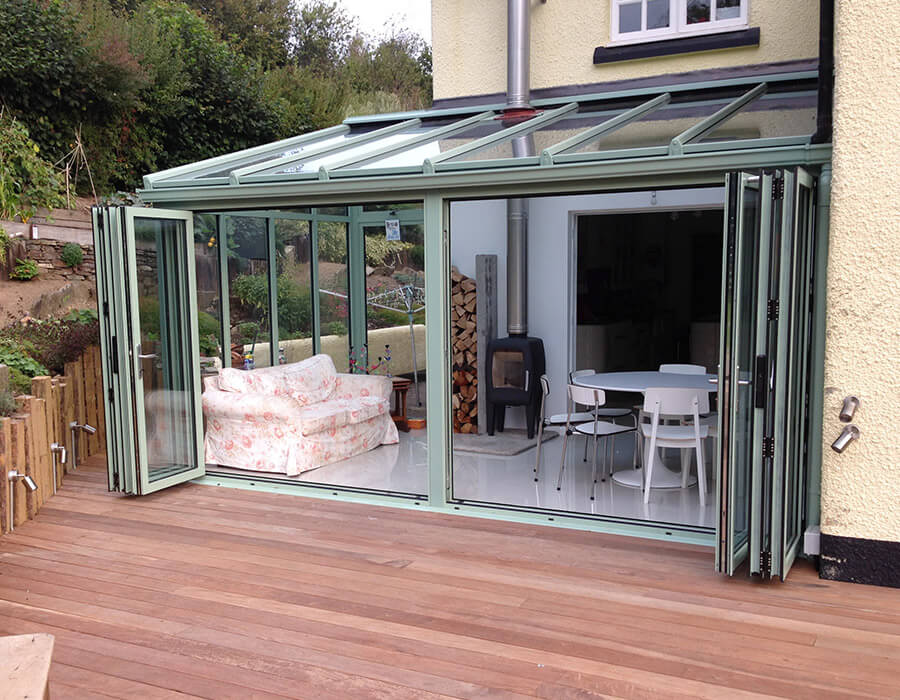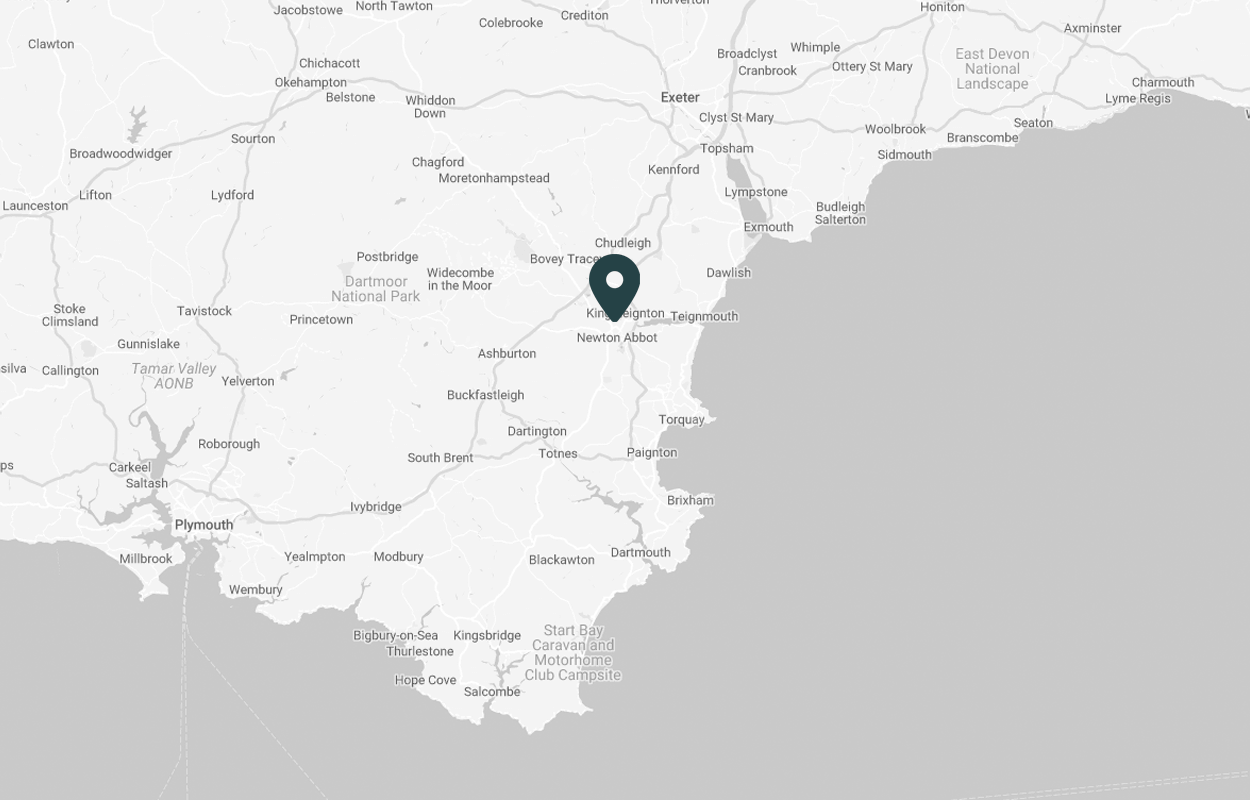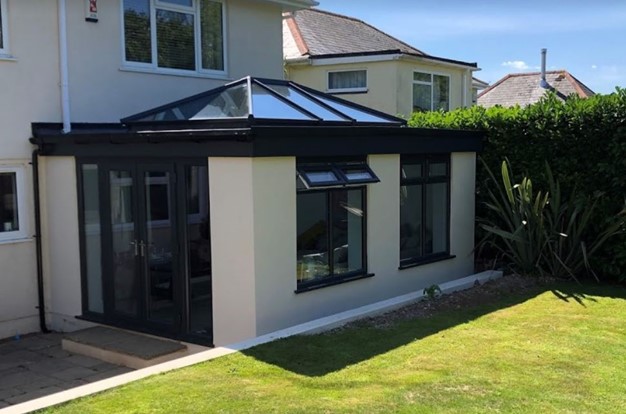 Today, we’re hearing more and more about ‘orangeries’ – brickwork structures with larger windows plus a flat roof with a glass lantern – and there’s no doubt that in a few short years they have become the extension that everyone wants. But what is an orangery, and where did they begin?
Today, we’re hearing more and more about ‘orangeries’ – brickwork structures with larger windows plus a flat roof with a glass lantern – and there’s no doubt that in a few short years they have become the extension that everyone wants. But what is an orangery, and where did they begin?
It isn’t a great surprise to learn that an orangery has a connection to fruit. And to the history of glassmaking too, because it was improvements in glass technology that enabled orangeries to flourish.
Simply put, a traditional orangery was a building that could be used to look after exotic fruit trees imported to northern Europe from sunnier climes, beginning in the 17th century. To survive colder conditions, these trees – banana, pomegranate and orange, of course – needed warmth and light. The solution was to create a building with a large amount of glazing that could protect and nurture the fruit, and the orangery was born.
Of course, it was the aristocracy who had the funds to build the first orangeries. The fashionable rich who occupied palaces and grand houses of France, Germany, Italy, Russia and Great Britain vied with each other to build bigger and better orangeries. Some of the best examples can still be seen at the Palace of Versailles, France; the Herrenhausen Gardens in Hanover, Germany; and Kensington Palace in London.
Over time, the orangery became less of a building dedicated wholly to horticulture and more of a status symbol. Solid roofs gave way to glazed ones, allowing in more light that enabled the building to be ‘seen’ by visitors who gazed enviously at ornate architecture, objets d’art and exotic plants. Towards the middle of the 19th century the orangery became the ‘conservatory’ – much more glazing was used in construction, leading to the design and building of the Crystal Palace in 1851. The love affair with glass buildings had begun.
After World War Two the fashion for extensions was revived, but by now they were being adapted to the ordinary home. Conservatories became the rage and although they could be cold in the winter months, developments in uPVC and double-glazing technology made this less of an issue, to the point where today such buildings can be used comfortably all year round.
The orangery today
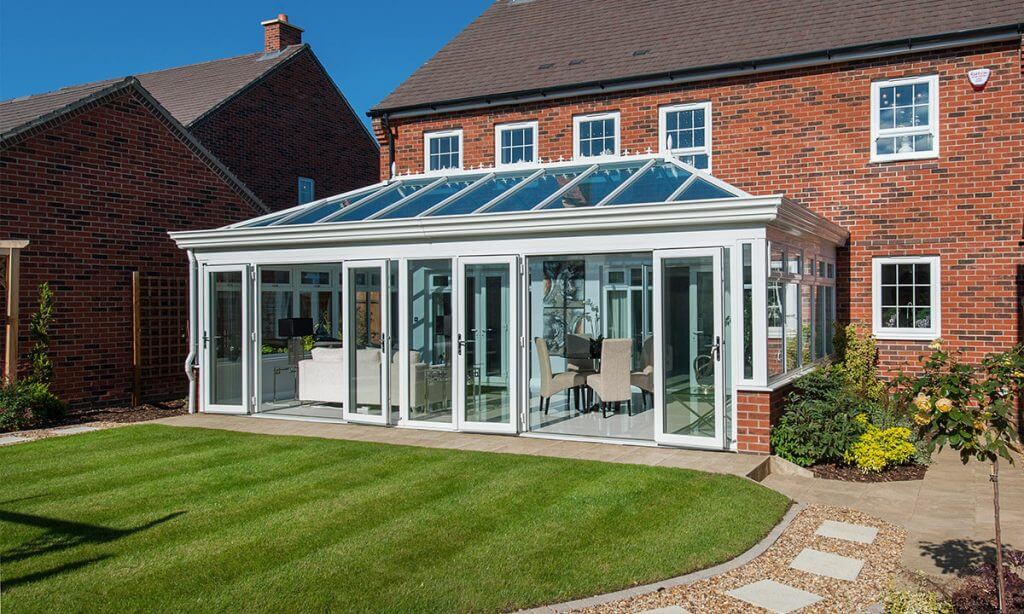 Now, the lines between orangeries, conservatories and extensions have been somewhat blurred, but there are differences. An orangery has less glass than a conservatory and feels more like part of the existing house, in terms of design and overall structure. One outstanding feature is the use of a roof lantern, perfect for flat roofs. Our roof lanterns have slim aluminium sightlines, allowing more natural light to enter the orangery, and exceptional energy efficiency that keeps the room warm all year round while helping to lower energy bills.
Now, the lines between orangeries, conservatories and extensions have been somewhat blurred, but there are differences. An orangery has less glass than a conservatory and feels more like part of the existing house, in terms of design and overall structure. One outstanding feature is the use of a roof lantern, perfect for flat roofs. Our roof lanterns have slim aluminium sightlines, allowing more natural light to enter the orangery, and exceptional energy efficiency that keeps the room warm all year round while helping to lower energy bills.
Modern orangeries are multi-functional, and can be used as dining rooms, home offices, living rooms or just extra living space. By adding bifold doors you can really extend the space out into the garden without losing any of the orangery’s essential cosiness. And you may even decide to have some mini-fruit trees or exotic plants in there, as a nod to your orangery’s illustrious heritage!
For more information on our range of luxury orangeries, don’t hesitate to contact our friendly team of installers or give us a call on 01626 333 393.
Are you interested in improving your home? Get in touch with Renaissance Conservatories, your local conservatory specialists today!
Get a FREE quote today

